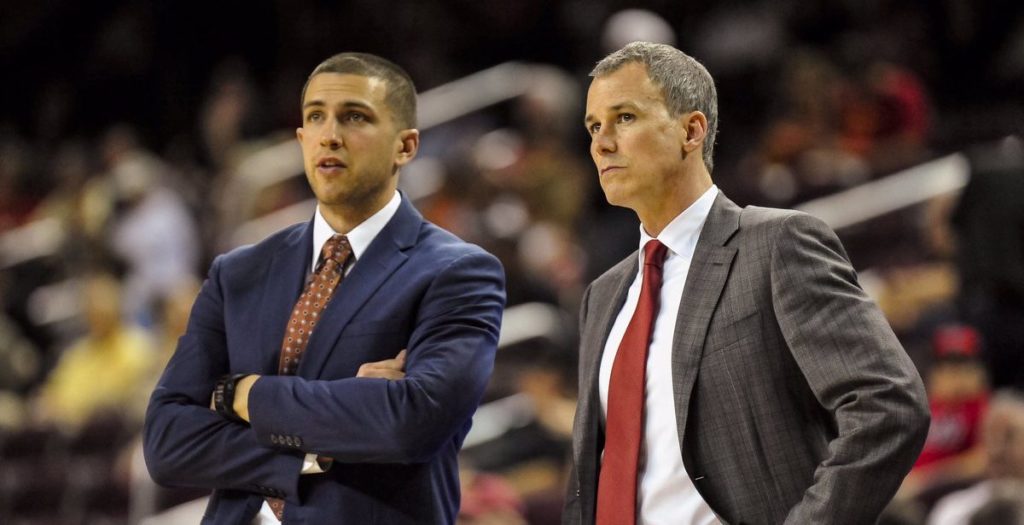
How to Foster Leadership Skills Among Your Players: Creating Great Leaders
Developing leadership skills among your basketball players is essential for building a successful and cohesive team. Effective leaders can inspire their teammates, foster a positive team culture, and drive success both on and off the court.
This article explores strategies for fostering leadership skills among players, providing actionable tips and techniques to help coaches cultivate future leaders.

1. Understand the Importance of Leadership in Basketball
Leadership is crucial in basketball as it impacts team dynamics, performance, and overall morale.
Role of Leaders
Leaders on a team help set the tone, encourage others, and make crucial decisions during games. They influence team cohesion and can drive the team toward achieving common goals.
The presence of strong leaders can also alleviate pressure during high-stakes moments, guiding the team through challenges and ensuring that everyone remains focused on the task at hand.
Types of Leaders
Leadership can manifest in various forms, including vocal leaders who motivate and direct the team and lead-by-example players who demonstrate commitment and work ethic. Coaches should identify the different types of leaders within their team and leverage their unique strengths.

2. Encourage Open Communication
Effective communication is a key component of leadership. Encourage players to express themselves clearly and listen actively.
Communication Skills
Teach players how to communicate effectively with their teammates, coaches, and officials. This includes both verbal and non-verbal communication, such as body language and eye contact. Emphasizing the importance of clear communication can help players become more assertive in their roles.
Feedback and Discussions
Create opportunities for players to provide and receive feedback. Regular team meetings and one-on-one discussions can help players develop their communication skills and build trust within the team. Consider incorporating group discussions about game performance, allowing players to express their thoughts and collaborate on solutions.
3. Promote Responsibility and Accountability
Leadership involves taking responsibility and being accountable for one’s actions and the team’s performance.
Delegating Tasks
Give players specific roles and responsibilities during practice and games. This helps them develop a sense of ownership and accountability for their contributions to the team. For example, assign a player to lead warm-ups or organize drills, fostering their leadership skills in a practical setting.
Setting Expectations
Clearly outline the expectations for behavior, effort, and performance. Encourage players to hold themselves and their teammates accountable to these standards. Establishing a culture of accountability can reinforce the importance of teamwork and mutual respect.

4. Foster a Positive Team Culture
A positive team culture is essential for effective leadership. Cultivate an environment where players feel valued, supported, and motivated.
Team Building Activities
Incorporate team-building exercises and activities to strengthen relationships and build trust among players. These activities can include team outings, group challenges, or collaborative projects. Engaging in non-basketball-related activities can foster camaraderie and strengthen team bonds.
Recognition and Encouragement
Recognize and celebrate individual and team achievements. Positive reinforcement and encouragement help build confidence and motivation among players. Create a culture of appreciation where players feel valued for their contributions, whether big or small.
5. Provide Leadership Opportunities
Give players opportunities to practice and develop their leadership skills through various roles and situations.
Captain Roles
Appoint team captains or leaders for different aspects of the team, such as offense, defense, or team morale. Allow players to take charge and lead in these areas. Encourage these leaders to communicate openly and to support their teammates, fostering a collaborative atmosphere.
Leadership Roles in Practice
Assign leadership roles during practice, such as leading warm-ups or organizing drills. This helps players gain experience in leading and managing different aspects of the team. Allowing players to take the initiative in these roles can cultivate confidence in their leadership abilities.

6. Model Leadership Behaviors
As a coach, you are a role model for your players. Demonstrate the leadership qualities you want to instill in them.
Lead by Example
Show commitment, integrity, and respect in all your interactions. Your behavior sets the standard for your players and reinforces the values you want them to adopt. Be transparent about your decision-making processes and be willing to admit mistakes.
Mentorship
Provide guidance and support to players as they develop their leadership skills. Offer constructive feedback and encourage them to reflect on their experiences and growth. Creating a mentorship relationship can empower players and provide them with the support they need to flourish as leaders.
7. Encourage Self-Reflection
Self-reflection is a valuable tool for personal growth and leadership development. Encourage players to evaluate their own performance and leadership abilities.
Reflective Practices
Incorporate reflective practices such as journaling or group discussions into your training routine. These practices help players analyze their experiences and identify areas for improvement. Encourage them to reflect on their contributions and the dynamics within the team.
Personal Goals
Help players set personal leadership goals and track their progress. Regularly review these goals and provide feedback to support their development. Establishing clear objectives can motivate players to take charge of their growth as leaders.

8. Create a Supportive Environment
A supportive environment encourages players to step up and embrace leadership roles with confidence.
Encourage Initiative
Support players who take initiative and show leadership qualities. Provide them with constructive feedback and opportunities to lead. When players feel their contributions are recognized, they are more likely to take on leadership roles.
Build Trust
Foster a trusting environment where players feel comfortable taking risks and making decisions. Trust and support from coaches and teammates are essential for effective leadership. Encourage collaboration and ensure that every player feels valued and heard.
9. Facilitate Conflict Resolution
Conflicts are inevitable in any team setting. Developing players’ abilities to navigate conflicts can enhance their leadership skills.
Conflict Management Training
Provide players with training in conflict resolution strategies. Teach them how to handle disagreements constructively and find solutions that benefit the team. Role-playing scenarios can help players practice their conflict resolution skills.
Encourage Open Dialogue
Promote a culture where players feel comfortable discussing issues openly. Encourage them to address conflicts directly and respectfully, fostering an environment where every player feels empowered to voice their concerns.
For additional resources on conflict resolution, visit Basketball Team Dynamics.
10. Recognize and Celebrate Leadership
Celebrating acts of leadership within your team reinforces the importance of leadership and motivates others to develop these skills.
Recognition Programs
Establish recognition programs to highlight players who exemplify leadership qualities. This could include weekly awards, shout-outs during practice, or special mentions in team communications.
Celebrate Team Successes
Acknowledge not only individual leadership but also how effective leadership contributes to team success. Celebrating milestones and achievements reinforces the value of teamwork and leadership.
For strategies on recognizing and celebrating leadership, visit Leadership in Sports.
How to Foster Leadership Skills Among Your Players Conclusion:
Fostering leadership skills among your players involves promoting effective communication, responsibility, positive team culture, and providing opportunities for growth. By modeling leadership behaviors, encouraging self-reflection, and creating a supportive environment, you can help your players develop the skills necessary to become effective leaders on and off the court.
Investing in leadership development not only enhances individual performance but also strengthens the overall team dynamic.



